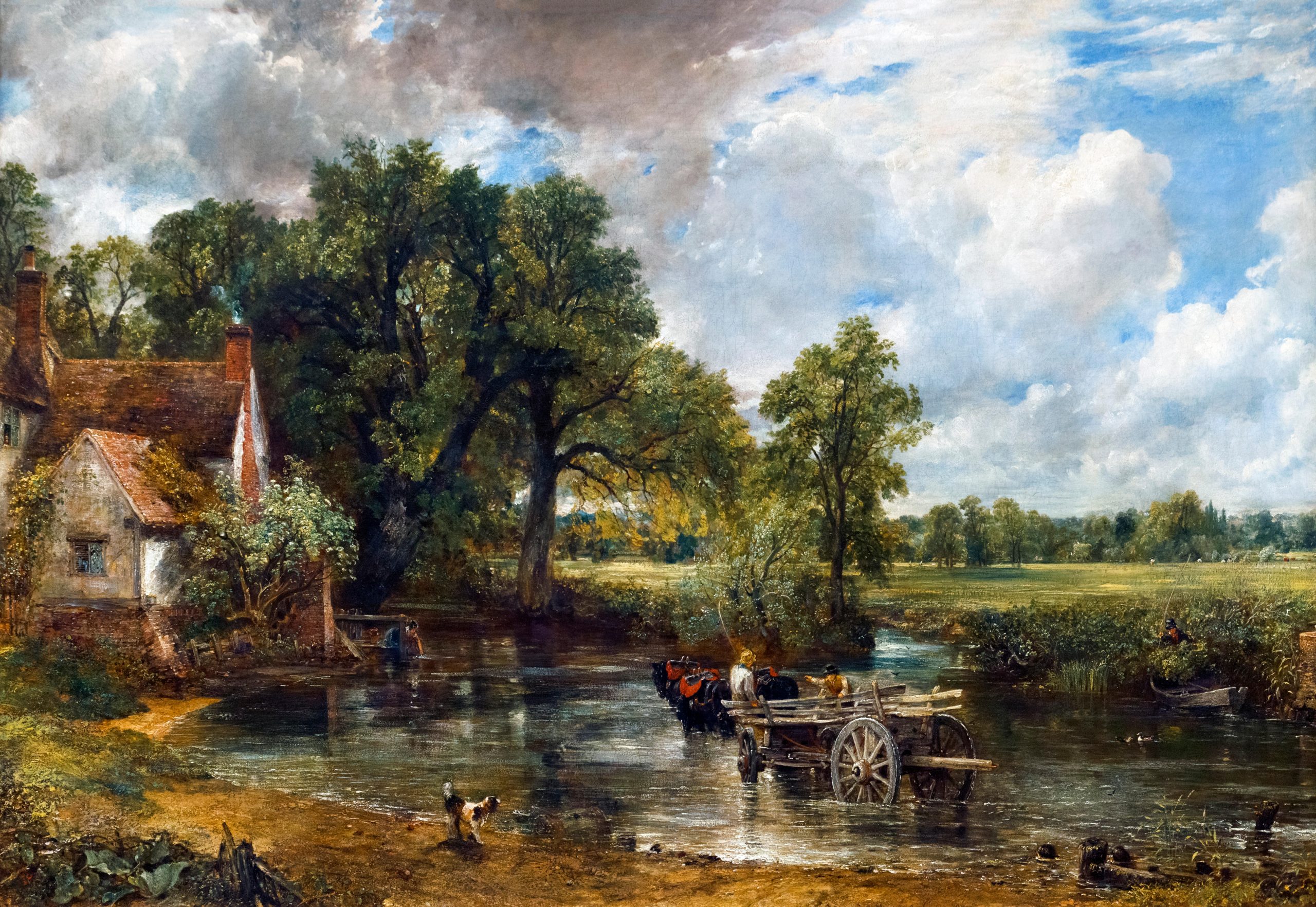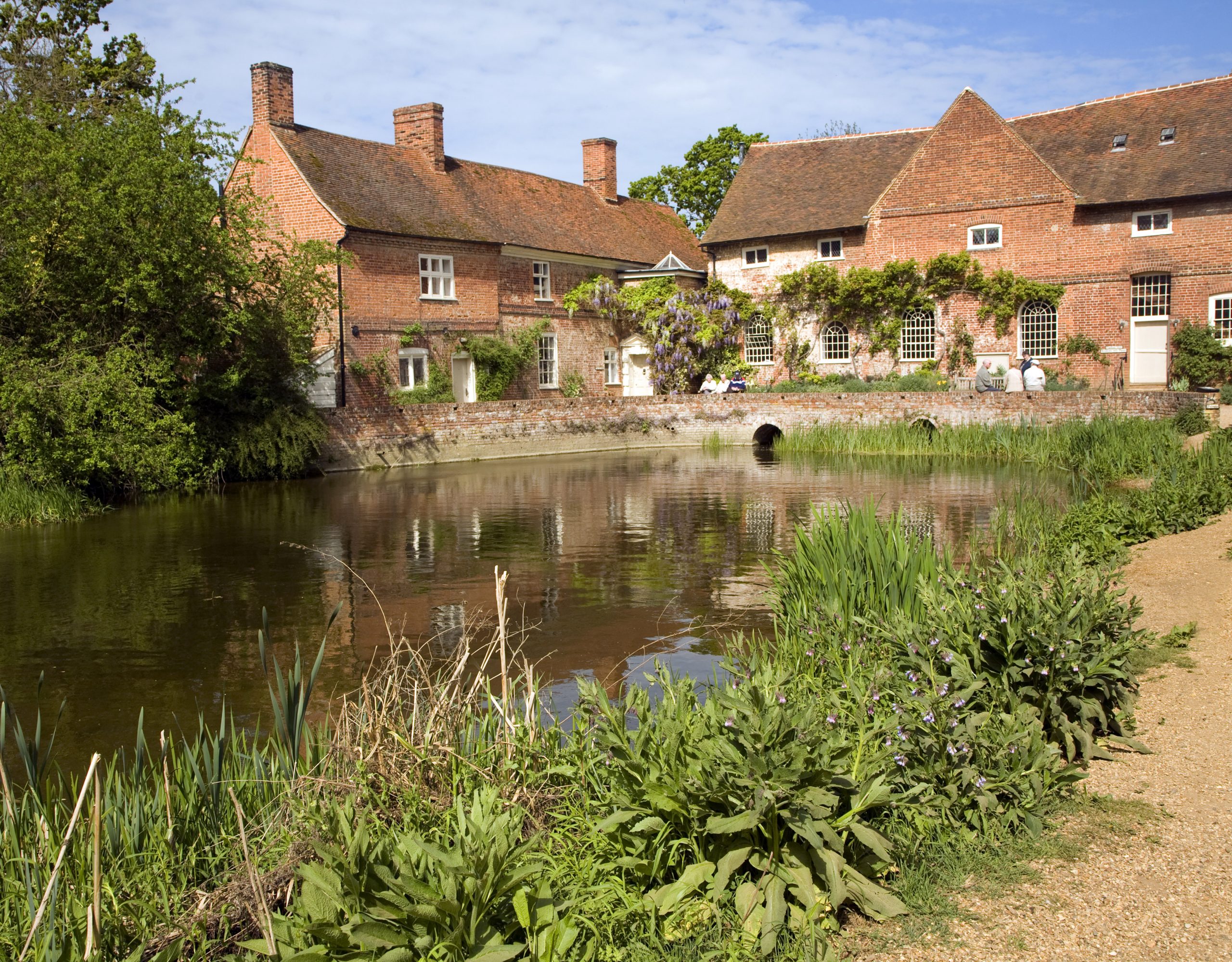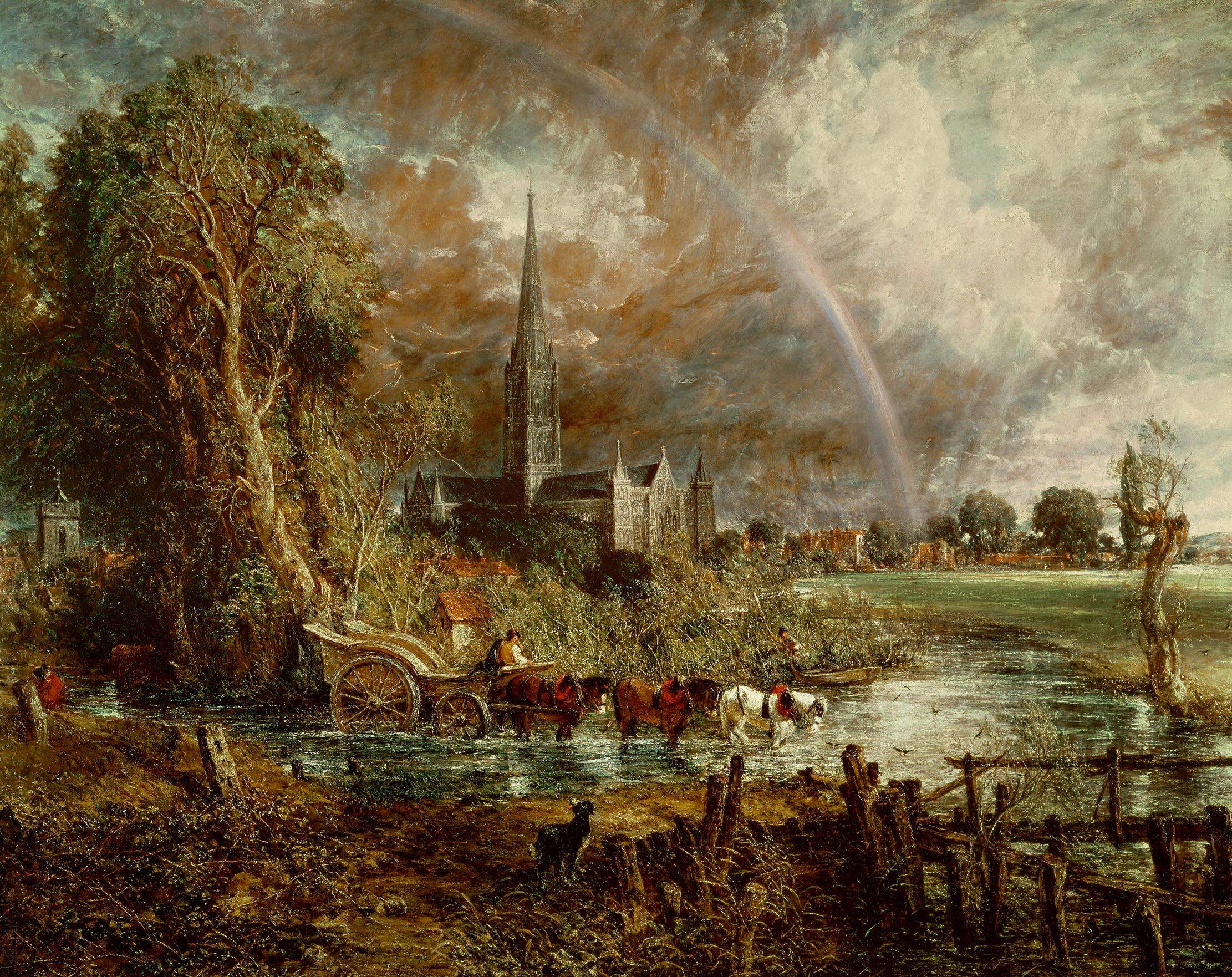A walk around Constable Country
Fiona Reynolds takes a stroll through a landscape which leaves her 'inspired anew'.


John Constable’s huge landscapes (the ‘six-footers’) conjure up a long-gone rural England in his portrayal of pastoral landscapes, mills and streams. He painted what he knew and loved, so much of his early work was of the River Stour, near East Bergholt and Flatford Mill (owned by his father, a successful corn merchant), where he grew up.
He wasn’t at the time, however, a conventional artist. Many now see him as responsible for a revolution in landscape painting, which had fallen out of fashion, reviving interest in a fast-disappearing rural way of life as the enclosures marched through England and long-standing traditions were lost.
He painted the countryside as he saw it, capturing a level of detail and intricacy that was unusual, but not immediately popular — neither Flatford Mill (1817) nor The Hay Wain (1821) were sold when first exhibited; Constable was never rich or even famous in his lifetime, only elected to the Royal Academy (RA) at the grand age of 52. He was a slow starter generally, beginning his studies in art at the RA in 1799, when he was 23. From the early 19th century, he exhibited regularly, but failed to sell much and turned to portraiture to bolster his income.

His great works came when he was in his forties, perhaps inspired by his marriage to Maria Bicknell. What is distinctive about them all is their skies. He prided himself on painting clouds, investigating their scientific composition and embarking on a series of studies or cloudscapes, which today are as collectible as his landscapes. He wrote to a friend that the sky is ‘the chief organ of sentiment in a landscape painting’, as is proved by works such as Wivenhoe Park, The White Horse, The Cornfield or Salisbury Cathedral from the Meadows.
The sky is the chief object of my attention, too. It has rained solidly since Boxing Day and I want to get out. I choose a circular walk from Cattawade, picking up the Stour Valley path at Braham and walking through half-flooded meadows to Flatford. A flock of disconsolate sheep looks at me pityingly — no one else is out today. A string of Canada geese flies low across the dampness, calling mournfully. It feels unremittingly grey, but, as I walk, the rain eases and I watch the clouds, trying to see them as Constable did.
Slight differentiations in light make a huge difference in these big landscapes and even when there is no blue, as today, the character of the clouds, buffeted by a light wind, their grey/white/grey constantly shifting, seems critical to the appreciation of this place.

As I approach Flatford, a line of gnarled trees encloses the view and I’m walking into Constable’s childhood. Willy Lot’s cottage, which features in many paintings, is first, followed by Flatford Mill. Constable’s brother Abram sold the Mill in 1846 and both it and the cottage were rescued from virtual dereliction by local philanthropist Thomas Parkington in 1926. On his death in 1943, they passed to the National Trust, which, since 1946, has let them to the Field Studies Council as one of its treasured bases of operation.
Exquisite houses, the beauty of Nature, and how to get the most from your life, straight to your inbox.
As I walk through the village, the friendly lights of the Trust shop and café twinkle at me from Bridge Cottage and I cross the river and turn to walk back on its other side. Here, it’s quieter still, and in the gathering gloom, wader birds — oystercatchers, I think — rise, peeping loudly, from the exposed mud: the river is tidal from around here.
The rain sets in again and I hunch against it, walking fast to return to the White Bridge, a dry car and a long drive home. However, I’m inspired anew by Constable’s home country and grateful that, in the rain, he has taught me how to appreciate clouds.
Fiona Reynolds is chair of the Royal Agri-cultural University governing council and author of ‘The Fight for Beauty’

In Focus: The village and cottage featured in Constable's The Hay Wain, the the ultimate image of English country life
Kate Green takes a look at the village of Flatford, in the Dedham Vale AONB, and in particular the cottage

In Focus: How Constable moved from peaceful and bucolic to radical and expressive
Thanks to vast canvases such as The Hay Wain, we might think we already know John Constable’s inimitable style. However,
Fiona Reynolds is chair of the Food, Farming and Countryside Commission, the former director-general of the National Trust, former Master of Emmanuel College, Cambridge, and the author of The Fight for Beauty. Follow her on Twitter @fionacreynolds.
